A Mysterious Phenomenon
It’s a question that has puzzled many pet owners: why do dogs sometimes walk in circles before they die? While some may believe it’s simply a ritualistic behavior, others theorize that it could be a symptom of something more sinister. Understanding this behavior is important for pet owners to recognize when their dog needs medical attention.
As pet owners, we all hope our furry friends will live long and happy lives. However, the reality is that all living creatures eventually face death.
Unfortunately, dogs are no exception to this rule. When dogs begin to circle before they pass away, it can be alarming for their owners.
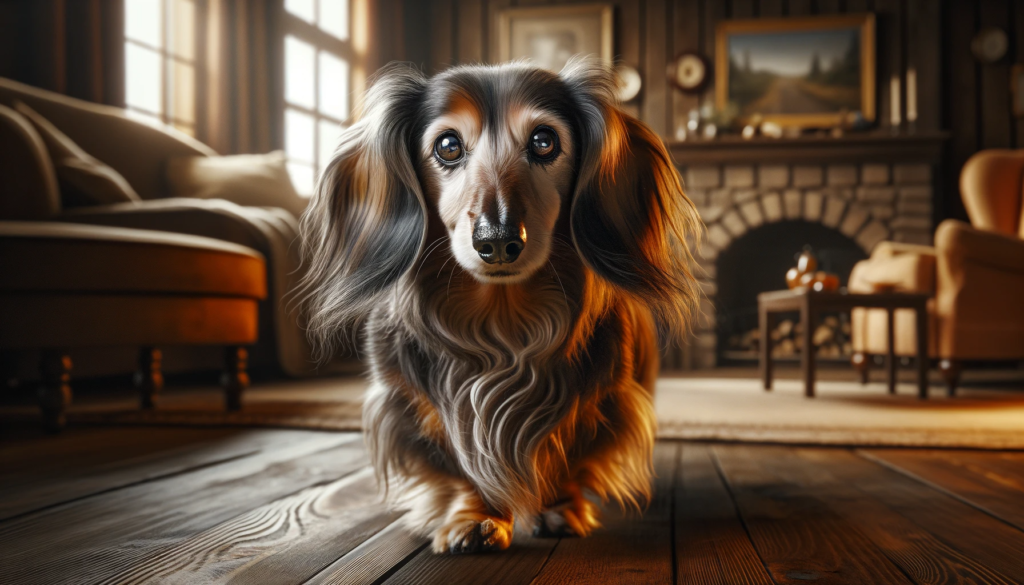
The Importance of Understanding
Understanding why dogs walk in circles before they die is crucial for two reasons. First and foremost, it allows us to recognize when our pets may be reaching the end of their lives – giving us time to prepare and say goodbye properly. Second, recognizing these symptoms early can help us provide the appropriate medical care and support to help our pets feel as comfortable as possible during this difficult time.
While there are many potential causes of circling behavior in dying dogs – including brain tumors and dementia – not every case is attributable to an underlying medical condition. Sometimes there may be environmental factors at play such as anxiety or confusion which can cause a dog to behave erratically before death.
Potential Causes
There are several potential causes of circling behavior in dying dogs that pet owners should be aware of:
Brain Tumors
One potential cause for circling behavior in dying dogs is the presence of a brain tumor. As these tumors grow, they can affect the dog’s motor skills and lead to uncontrolled movements such as pacing or circling.
Other symptoms may include seizures, loss of appetite, and changes in personality. If you suspect your dog may have a brain tumor, it’s crucial to seek veterinary care immediately.
Dementia
Another potential cause for circling behavior in dying dogs is dementia. As dogs age, their cognitive abilities can decline just as they do in humans. Symptoms of canine dementia include confusion, memory loss, and disorientation – all of which can lead to circling behavior before death.
Distress
In some cases, circling behavior in dying dogs may be due to distress or anxiety. Dogs are sensitive creatures who crave routine and familiarity so any significant change to their environment can cause them distress. This can manifest as circling behavior before death.
When it comes to understanding why dogs walk in circles before they die there is no one-size-fits-all answer since many factors could contribute to this phenomenon. However, by being aware of the potential causes and symptoms associated with this type of behavior pet owners can take the necessary steps to help our furry friends through this difficult time.

Brain Tumor: When the Brain is Not Working Properly
A brain tumor is a mass of abnormal cells that grow uncontrollably in the brain. These abnormal cells can affect the way a dog’s brain functions, leading to changes in behavior and motor skills. Dogs with brain tumors may experience seizures, difficulty walking or standing, and changes in personality.
How Brain Tumors Affect Behavior and Motor Skills
The location of the tumor within the brain determines which behaviors and motor skills are affected. For example, if the tumor is located in the part of the brain responsible for coordination and balance, a dog may have difficulty walking or standing. If it’s located in an area that affects mood or personality, a dog may become more aggressive or withdrawn.
Symptoms to Look Out For
Early signs of a brain tumor can be subtle and easily confused with other conditions. Changes in behavior such as increased aggression or confusion should be taken seriously. Other symptoms that may indicate a brain tumor include seizures, difficulty walking or standing, vision problems such as blindness or dilated pupils, loss of appetite, vomiting, and lethargy.

Circling Behavior Before Death
In some cases, dogs with brain tumors will circle before they die. This circling behavior can be caused by several factors including loss of balance due to the location of the tumor or increased pressure on certain parts of the brain causing disorientation. As death approaches, dogs may become more restless and agitated leading to pacing around in circles.
If you suspect your dog has a brain tumor based on changes in behavior and other symptoms mentioned above, it is important to seek veterinary care right away. Your veterinarian can conduct tests such as CT scans or MRI scans to diagnose whether there is indeed an abnormality present within your dog’s body.
The Importance Of Immediate Veterinary Care
Brain tumors are a serious condition that can lead to significant changes in a dog’s behavior and motor skills. While circling behavior before death is not always caused by a brain tumor, it is important to understand the potential causes of this behavior. Seeking veterinary care early on can help diagnose the underlying condition and ensure your dog is as comfortable as possible in their final moments.
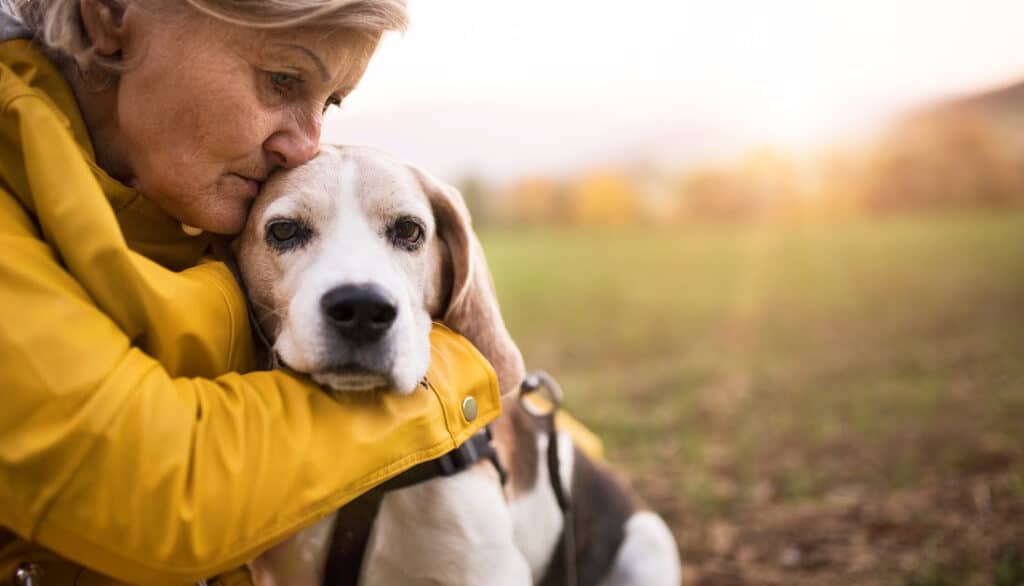
Dementia
Definition and Causes of Dementia in Dogs
Dementia, also known as cognitive dysfunction syndrome (CDS), is a common condition that affects senior dogs. It is caused by changes in the brain that result in a decline in cognitive function. The exact cause of dementia is not known, but it is believed to be related to a combination of genetic and environmental factors.
In dogs with dementia, the neurons in their brains begin to degenerate, leading to a decrease in neurotransmitters such as dopamine and serotonin. This can result in behavioral changes including disorientation, confusion, and decreased social interaction.
Symptoms to Look Out for in a Dog with Dementia
Dogs with dementia may exhibit several symptoms that can be worrying for pet owners. Some common symptoms include increased anxiety or aggression, loss of house training skills or other previously-learned behaviors such as trick training or obedience training.
They may show lack of interest or initiative towards things they used to enjoy like playing fetch. Other symptoms include wandering aimlessly around the house or yard; difficulty recognizing familiar people and places; not responding when called; barking excessively; sleeping more than usual during the day and waking up at night; getting stuck behind furniture or doors etc
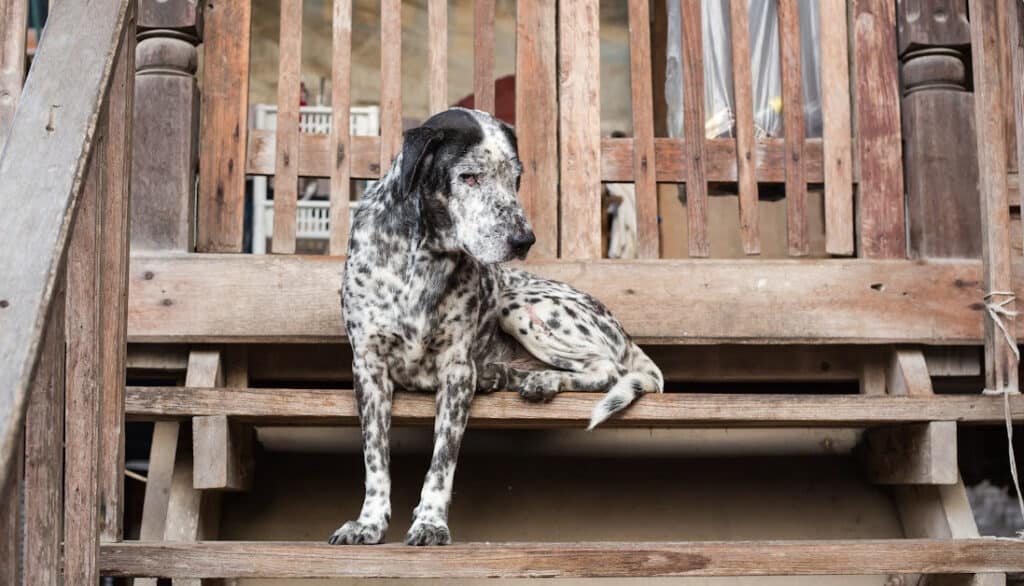
How Dementia Can Lead To Circling Behavior Before Death
In some cases, dementia can lead to circling behavior before death. This could be because dogs with dementia have difficulty orienting themselves spatially which makes them walk around aimlessly in circles.
Additionally, they might be trying to regain some familiarity by going back and forth over familiar ground. As their cognitive function deteriorates further, they may become more lethargic and unresponsive which could result in them falling into an endless loop of walking around aimlessly till their time comes.
Unfortunately, there is no cure for dementia in dogs, but there are several things that pet owners can do to slow the progression of the disease. These include regular exercise, a nutritious diet, cognitive enrichment training and plenty of mental stimulation.
It’s important to consult with your veterinarian if you suspect your dog is suffering from dementia symptoms. They may be able to offer medication or other treatments that can help improve your dog’s quality of life in their remaining days.
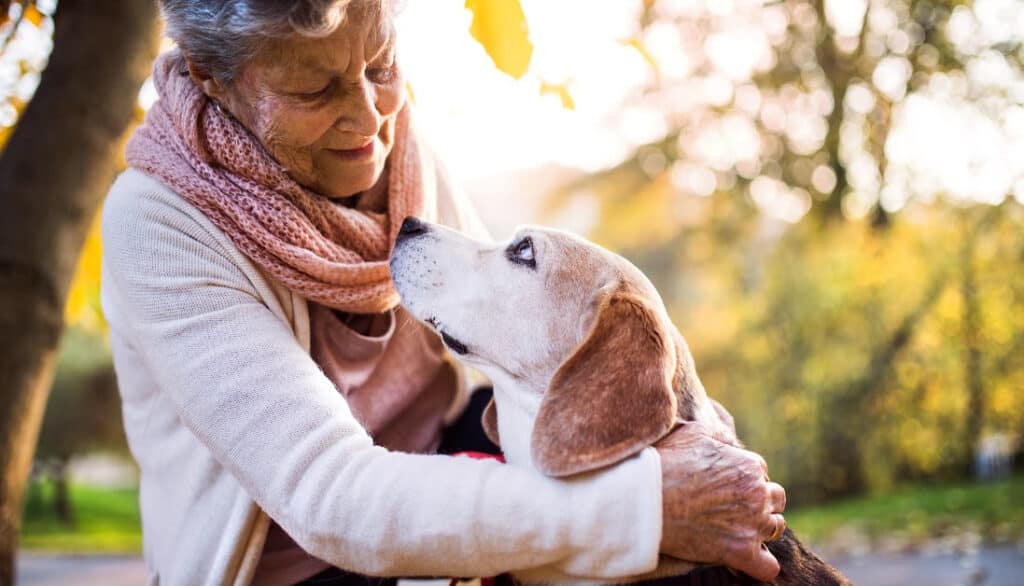
Distress
Dogs are very social animals and often bond strongly with their human family. When a dog experiences distress, it can be a sign that something is wrong. Distress can be caused by a variety of factors, including environmental stressors such as loud noises, changes in routine or living situation, separation anxiety, and physical pain.
Causes of distress in dogs
One common cause of distress in dogs is separation anxiety. Dogs are pack animals and crave companionship. When left alone for long periods of time, they may become anxious and start exhibiting destructive behaviors such as chewing on furniture or walls.
Another cause of distress could be related to pain or illness. A dog that is experiencing physical discomfort may exhibit signs of restlessness or agitation.
Additionally, loud noises such as thunderstorms or fireworks can also cause distress in dogs. They have more sensitive hearing than humans and the loud noises can trigger their fight-or-flight response causing them to feel anxious and stressed out.
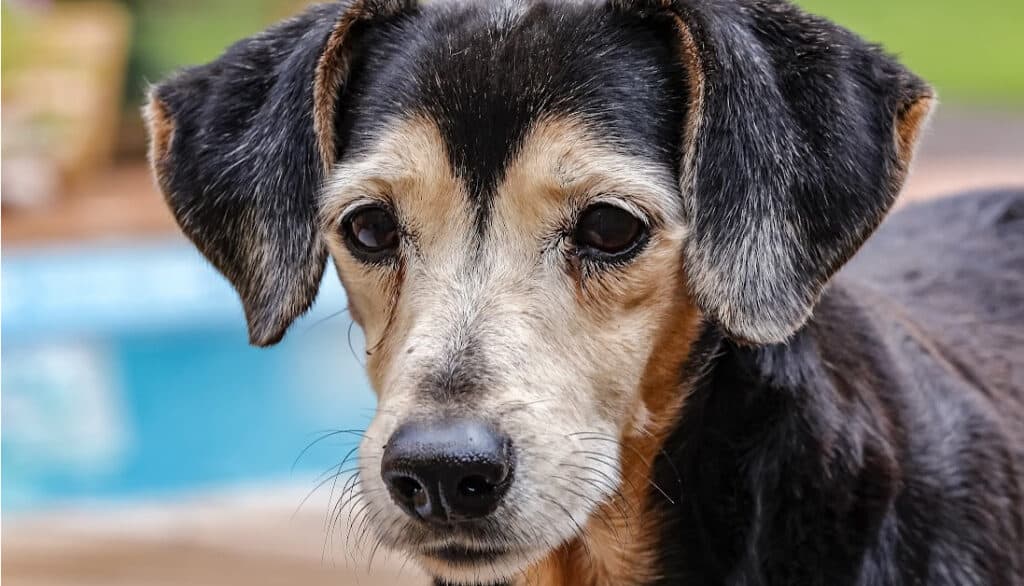
Symptoms to look out for in a distressed dog
It’s important to recognize the symptoms of distress in your dog so you can help alleviate their discomfort. Common symptoms include panting excessively, pacing back and forth, trembling, drooling excessively or even vomiting due to the stress they are under. Circling behavior before death could also be an indication that your dog is feeling distressed – particularly if this behavior is new or different from their usual patterns of behavior.
How distress can lead to circling behavior before death
Distressful situations can lead dogs to exhibit unusual behaviors – including circling – especially if it offers them some level of comfort at the time. For instance: If a dog feels particularly scared because they are afraid of something outside (e.g., fireworks), they might walk around in circles trying to find comfort either by hiding or by simply wearing themselves out. It’s important to recognize when your dog is feeling stressed and try to alleviate the stressors.
If your dog continues to exhibit distressful behaviors, it’s important to seek veterinary care in case there is an underlying medical condition causing the stress. Distress can be caused by a number of factors including separation anxiety, physical pain or illness, and environmental stressors like loud noises.
Recognizing the symptoms of distress in your dog is important so you can help them feel more comfortable. Circling behavior before death could be related to distress – particularly if it is unusual for your dog – so it’s important to monitor their behavior closely and seek professional help if needed.

Other Possible Reasons
Other Medical Conditions
Dogs walking in circles before they die might be suffering from conditions that are not commonly known to affect their behavior. For instance, vestibular disease can lead to loss of balance and disorientation in dogs, making them circle around uncontrollably. The disease damages the inner ear or brain stem, and can come on suddenly.
Symptoms include circling, head tilt, and lack of coordination. Liver disease is another condition that can cause circling behavior before death.
When the liver fails to function as it should, toxins build up in a dog’s bloodstream and start affecting the brain. This results in confusion, disorientation, and motor dysfunction such as circling.
Other medical reasons why dogs walk in circles before they die could be due to trauma or stroke. Trauma caused by accidents like being hit by a car or falling from a height can result in head injuries that damage the brain causing abnormal behaviors like pacing or walking in circles.
Environmental Factors
Anxiety is a common cause of circular walking behavior among dogs. Dogs often become anxious when exposed to unfamiliar environments or situations such as thunderstorms, fireworks displays, new people etc.. This anxiety may manifest as repetitive behaviors such as pacing or circling. Confusion is also an environmental factor that may contribute to strange behavior patterns among dogs near the end of their lives.
Confusion arises when a dog cannot recognize familiar places or objects anymore due to dementia or other cognitive problems. It’s important for pet owners with aging pets go above and beyond ensuring their dog feels safe at home amidst all these environmental factors including adjusting sleeping areas for comfort while providing an environment where they feel safe.
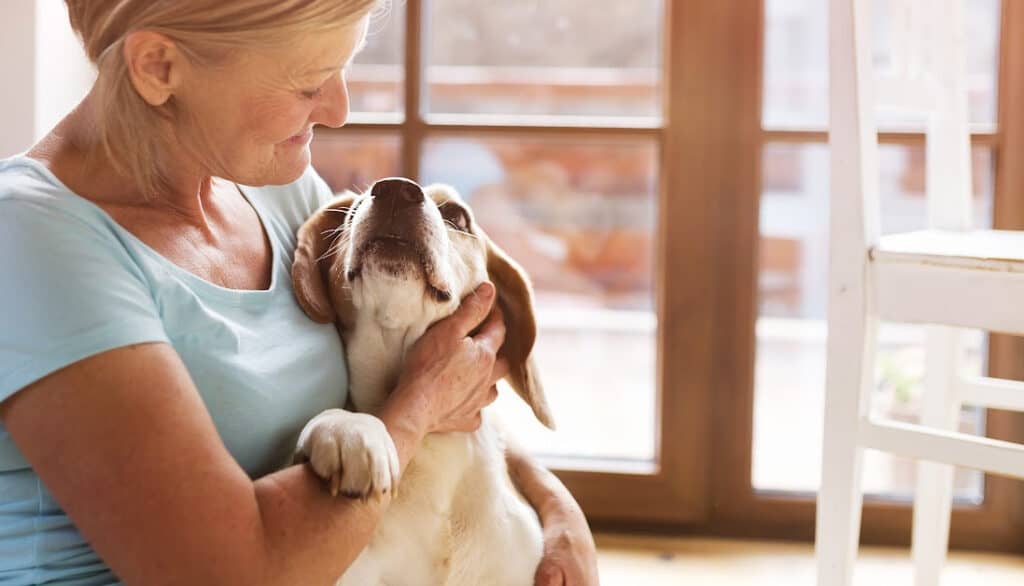
Conclusion
There are various reasons why dogs walk in circles before they die including underlying medical conditions (e.g., vestibular disease) and environmental factors such as anxiety and confusion. It’s important for pet owners to monitor their dogs for any unexplainable behaviors, and immediately seek veterinary help if they notice anything out of the ordinary.
Even though there may never be a definitive answer as to why dogs walk in circles before they die, we can still do our best to make sure our furry friends live the best life possible by providing them with love, care, and attention throughout their entire lives. Dogs are more than just pets; they are family members who deserve nothing but the very best from us.

While we may never fully understand why dogs walk in circles before they die, it’s clear that there are a number of potential underlying reasons. By being aware of some of these reasons and seeking veterinary care when necessary, we can help ensure our furry friends receive the best possible care throughout their lives.
While it can be difficult to come to terms with the fact that our pets may experience health challenges or other difficulties during their lifetimes, the good news is that there are many resources available to provide support and care for our furry friends. Whether it’s through seeking veterinary care, ensuring a comfortable environment or providing emotional support during times of distress, pet owners have many tools at their disposal to help give their pets a happy healthy life.
~Lindsie
